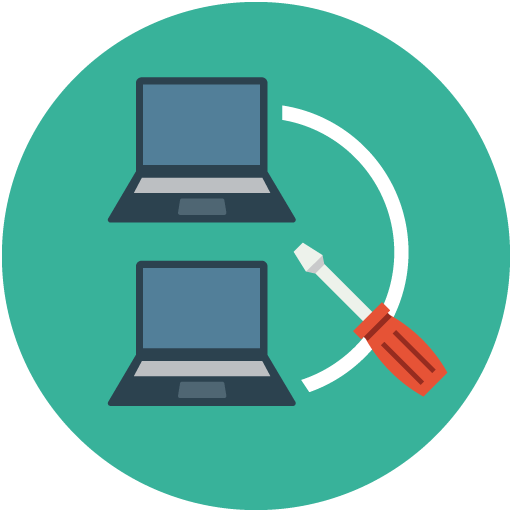Tell Stories With Data
Your data or mine?
With a unique combination of quantitative research, marketing and social media skills, I can not only get you the original data you need to rise above the fray, but also turn it into an irresistibly compelling story. Or I can work with the data you already have–like transaction data, social media metrics, app usage or customer feedback–to find the story that will win you new audiences and attention.
Data drives conversations
My content marketing projects drive social conversations because I bake the social strategy into the content. Each piece features tweetable links, bloggable excerpts and shareable infographics created by me or an independent designer. And it comes with a social media promotion plan calibrated to build your network and your brand.
The right form for your data-driven content
You can use data to power content like:
- White papers, reports and ebooks that generate media attention and leads
- Shareable infographics that present new insight
- Blog posts in an authoritative voice
- Presentations that make audiences take note
- Social media shareables like charts or data factoids
Data journalism for content marketing
Content marketers at the world’s most innovative companies and publications turn to me for data journalism that sets their content apart.
Here are some examples of my data-driven work.
No Results Found
The page you requested could not be found. Try refining your search, or use the navigation above to locate the post.
Power your content with data
Ready to start turning data into great, compelling content? Here are some of my top tips on how to tell great stories with data.

On May 16th, I’m turning off…
1. My hair dryer (so no cracks about the 'do, ok?)
2. All the #@*!!## beeping, noisy kids' toys in our house. Let them play with carbon neutral, quiet blocks for the day.
3. My TV. I can read the American Idol results online. 😉
What will YOU turn off?

Facebook will keep us together

10 things I’ve cut out to make time for Facebook
If only I’d known I needed to cut TWENTY things so I’d have time for Twitter, too.

Pages tagged with “socialsignal” on del.icio.us

Oops, I poisoned my kids
Last month's "how the hell didn't I know that" moment was the discovery that Avent bottles, which both of my children have been drinking from daily for just about their entire lives, contain a suspected carcinogen.
I came across this info not through a consumer alert — that went out in 1999, before I was a parent and paid attention to these things — but because I set out to investigate the rumour I'd heard that plastic wasn't safe for food storage.
Edward Groth, the Consumers Union scientist behind the 1999 story leading to the alert, wrote that
There could hardly be more contrast in these two perspectives. One, based on firm conviction but no data, asserts that there is no effect of bisphenol-A in baby bottles, because none has been observed scientifically and because one part per billion of BPA is "too low" an exposure level to have biological effects. The other, based on simple, undisputed scientific facts, notes that polycarbonate bottles can expose babies to unimaginably large numbers of molecules of an estrogen-like chemical, several times a day. We must ask, on what basis can we presume that such exposure has no biological effects? What if "low-level" exposure is not intrinsically "safe;" what if, instead, our inability to measure effects has created an illusion of safety? In short, a precautionary risk assessment in this case would emphasize not the lack of concrete data showing harm in babies exposed to 1 ppb of BPA in their formula, but rather would recognize that 1 ppb is not necessarily a "low" exposure. It would assess the difficulties of knowing whether or not the quadrillions of molecules a baby ingests daily have any harmful effects on the tiny consumer's developing systems.
The dispassionate observers at plasticsinfo.org note that:
Polycarbonate has been studied and tested for nearly 50 years, and its use in products that come in contact with food is regulated for safety by the U.S. Food and Drug Administration (FDA) as well as governmental bodies worldwide.
Bisphenol A (BPA) is a key building block in polycarbonate plastic. In recent years, a number of researchers from governmental agencies, academia and industry have studied the potential for trace levels of BPA to migrate from polycarbonate products into food and beverages under conditions of typical use. Extensive safety data on BPA show that polycarbonate plastic can be used safely in consumer products.
As a result, the use of polycarbonate plastic for food-contact applications continues to be recognized as safe by the U.S. Food and Drug Administration, the European Commission Scientific Committee on Food, the German Federal Institute for Risk Assessment, the Japan Ministry of Health, Labor and Welfare, and other regulatory authorities worldwide.
By dispassionate, of course, I mean that plasticsinfo.org is the web site for the American Chemistry Councils' Plastics Division, which "represents leading manufacturers of plastic resins".
While I'm sure that the American Chemical Council wants nothing more for my baby than a long life full of plastic-purchasing opportunities, I'm afraid I can't take their "don't worry, be happy" message on this one. I've just gone out and purchased a supply of Gerber GentleFlow bottles at ToysRUs, which are made from polypropylene. If money were no object I'd go to Crocodile Baby on Fourth and buy the BornFree glass bottles.
And please note that BPA in baby bottles is by no means the only source of concern about kids and plastics. Check out the Smart Plastics Guide: Healthier Food Uses of Plastics for Parents and Children from the Instittue for Agriculture and Trade Policy. I've collected more resources on this topic and bookmarked them on del.icio.us.
